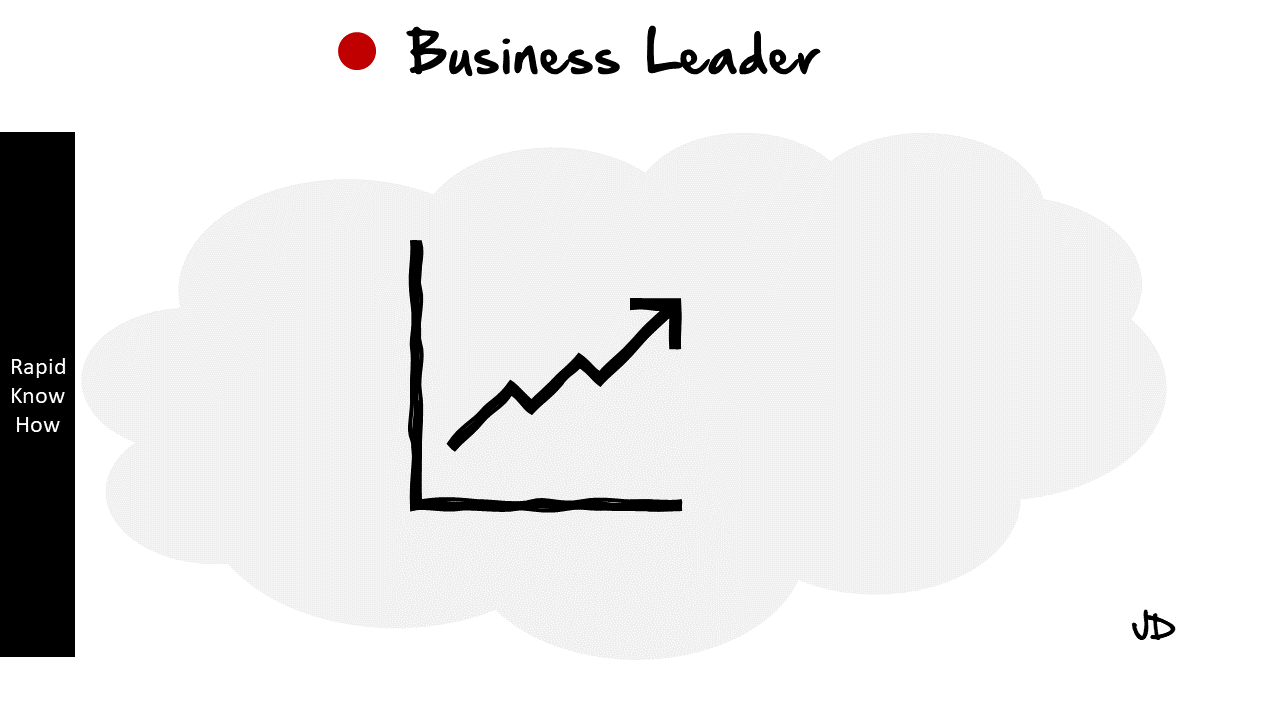Answer:
Illustrating a market position in simple illustrations is a powerful way to communicate complex business concepts in an easily digestible format. It’s about visually representing your company’s standing in the competitive landscape. Here are three ways you can do this, along with examples for each.
1. Idea Illustration: This involves using visual elements to represent abstract ideas or concepts.
Example 1: A Tree Diagram – You can use a tree diagram to illustrate your market position. The trunk represents your business, the branches are your different product lines or services, and the leaves are your individual products or services. The size and health of each branch and leaf indicate their success in the market.
Example 2: A Mountain Climbing Illustration – Imagine your market as a mountain range. Each peak represents a competitor, and the height of each peak represents their market share. Your company is a climber, and its position on the mountain illustrates its current market position.
Example 3: A Race Track – Picture your market as a race track, with each competitor as a car. The position of each car on the track represents their current standing in the market.
2. Idea Exploration: This involves delving deeper into an idea and exploring its various aspects through visual means.
Example 1: A Mind Map – Start with your company at the center, then branch out into different aspects like product quality, customer service, pricing, etc. Each branch can further divide into more specific elements.
Example 2: A Flowchart – This can be used to explore how different factors affect your market position. Start with your company at the top, then create pathways leading down to different outcomes based on various scenarios.
Example 3: An Infographic – Use an infographic to explore and present data related to your market position in a visually appealing way. This could include statistics about sales figures, customer demographics, growth trends, etc.
3. Visual Discovery: This involves using visuals to uncover and present new insights or perspectives.
Example 1: A Heat Map – Use a heat map to represent data related to your market position. The varying colors can indicate different levels of market penetration, customer satisfaction, etc.
Example 2: A Scatter Plot – This can be used to discover and illustrate correlations between different variables related to your market position. For example, you could plot product price against sales volume to see if there’s a correlation.
Example 3: A Bubble Chart – This can be used to represent three dimensions of data. For instance, each bubble could represent a competitor, with the size of the bubble indicating market share, the position on the x-axis indicating price point, and the position on the y-axis indicating product quality.
In conclusion, illustrating your market position doesn’t have to be complicated. By using simple visual tools and techniques like idea illustration, idea exploration, and visual discovery, you can effectively communicate your company’s standing in the market in a way that’s easy for anyone to understand.
